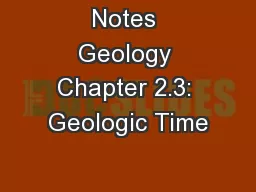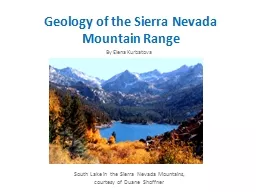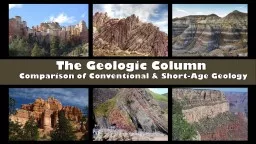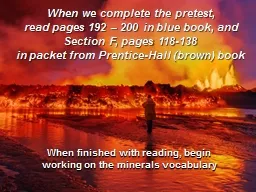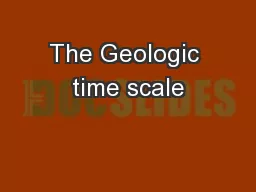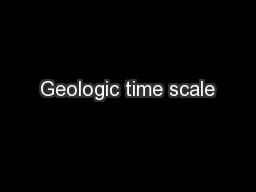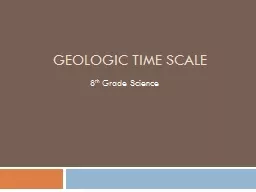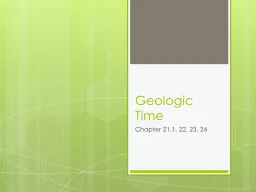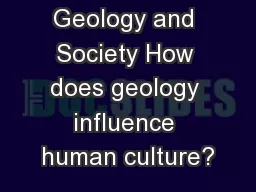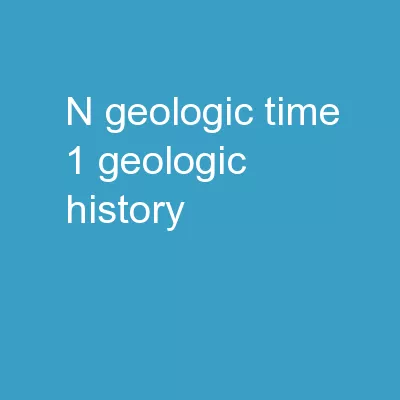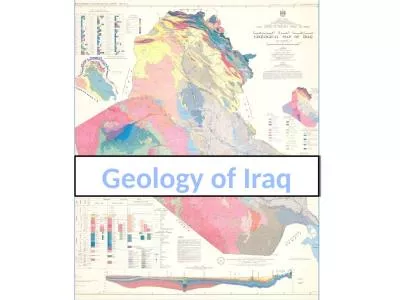PPT-Notes Geology Chapter 2.3: Geologic Time
Author : olivia-moreira | Published Date : 2018-02-06
Who was James Hutton In the late 1700s James Hutton began to question some of the ideas regarding the Earth He found fossils and saw them as evidence of life forms
Presentation Embed Code
Download Presentation
Download Presentation The PPT/PDF document "Notes Geology Chapter 2.3: Geologic Time" is the property of its rightful owner. Permission is granted to download and print the materials on this website for personal, non-commercial use only, and to display it on your personal computer provided you do not modify the materials and that you retain all copyright notices contained in the materials. By downloading content from our website, you accept the terms of this agreement.
Notes Geology Chapter 2.3: Geologic Time: Transcript
Download Rules Of Document
"Notes Geology Chapter 2.3: Geologic Time"The content belongs to its owner. You may download and print it for personal use, without modification, and keep all copyright notices. By downloading, you agree to these terms.
Related Documents

